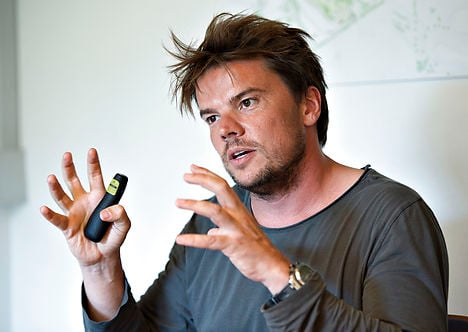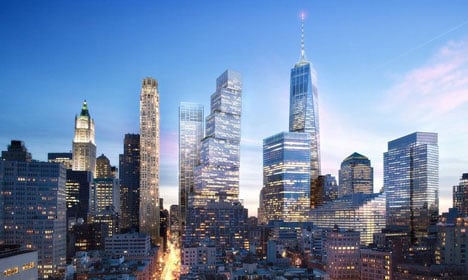2 World Trade Center in New York City, a BIG design, Squint/Opera production from BIG on Vimeo.

Bjarke Ingels. Photo: Henning Bagger/Scanpix
In a newly-released video, Bjarke Ingels has unveiled his plans for Two World Trade Center, the latest in a string of high-profile design jobs for the 40-year-old Dane.

2 World Trade Center in New York City, a BIG design, Squint/Opera production from BIG on Vimeo.

Member comments